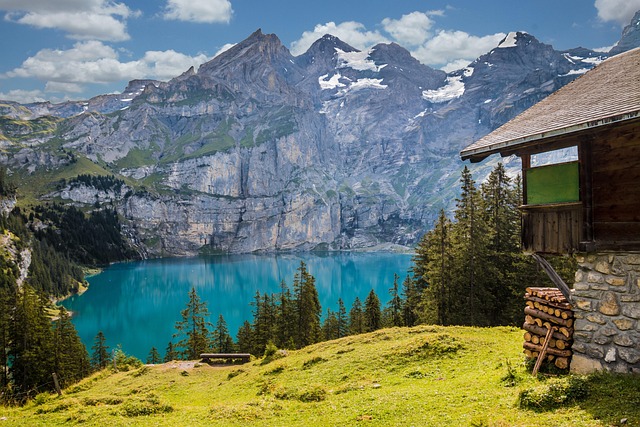Melting Environment: The Impact of Supraglacial Lakes on Climate Change
The intricate web of our planet’s ecosystems is experiencing a profound transformation, and at the forefront of this change are supraglacial lakes. These fascinating water bodies, formed on the surface of glaciers, have become a vivid symbol of the ongoing climate crisis. As we peel back the layers, it is essential to understand how these lakes contribute to the broader narrative of environmental change and climate change.
Supraglacial lakes form as a response to the melting ice, a consequence of rising global temperatures. Their formation is a dramatic manifestation of a warming climate, drawing attention to the urgent need for awareness and action. You might be wondering, what do these lakes signify for our environment?
First and foremost, supraglacial lakes play a crucial role in accelerating the melting of glaciers. The dark waters absorb sunlight, which intensifies the melting of the surrounding ice. This process not only contributes to rising sea levels but also alters local ecosystems and can lead to the destabilization of entire glaciers. Imagine a picturesque glacier slowly disintegrating, its beauty overshadowed by the stark reality of its melting. This reality weighs heavily on those who cherish our planet’s natural wonders.
The presence of supraglacial lakes also raises concerns about freshwater availability. Glaciers are vital freshwater reserves for millions of people worldwide. As they shrink, the delicate balance of water supply is threatened. Communities that rely on glacier-fed rivers begin to face the repercussions of their diminishing streams. This loss of resources can lead to tension and conflict, affecting lives and livelihoods in ways we might not fully comprehend. It paints a disheartening picture of our future—a world where clean, accessible water is a luxury rather than a right.
Moreover, these lakes can also impact local weather patterns. As they create a feedback loop by increasing regional temperatures, the consequences extend beyond melting ice. Changes in precipitation patterns, extreme weather events, and shifts in ecosystems can disrupt life across entire regions. Picture a world where seasons no longer follow their predictable rhythm, where storms become more severe, and where biodiversity faces unprecedented challenges. This is not simply a distant threat; it is a reality unfolding before our eyes.
The impact of supraglacial lakes on climate change serves as a wake-up call for all of us. Their existence is a powerful reminder of the urgency to address the effects of climate change. As we witness the melting of our environment, we must harness our collective determination to combat this crisis. Raising awareness, promoting sustainable practices, and advocating for climate justice are crucial steps we can take to protect our planet and its fragile ecosystems.
As we navigate this melting environment, let us remember the powerful story that supraglacial lakes tell. They remind us of the delicate balance that sustains life on Earth and the importance of safeguarding our planet for future generations. Together, we can work towards a more sustainable world, one where these magnificent glaciers—and the life they support—can endure.



